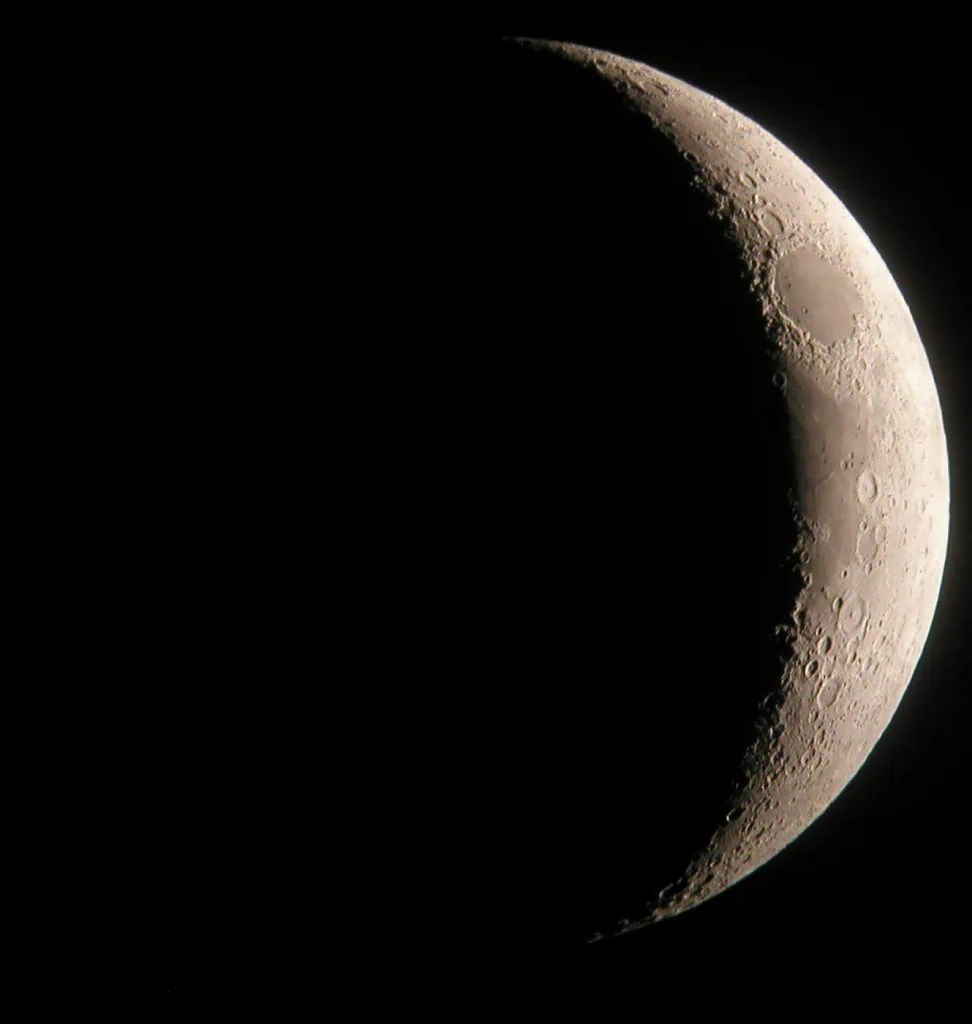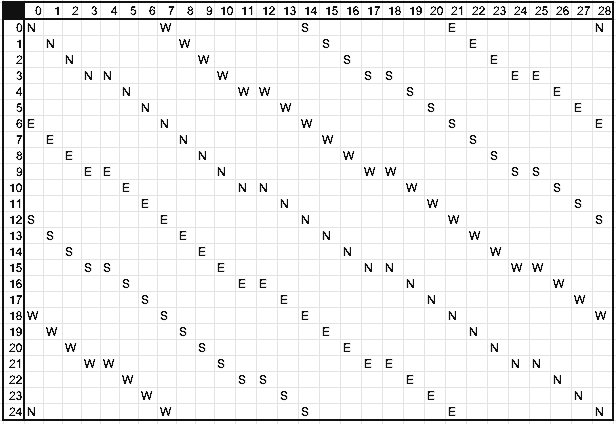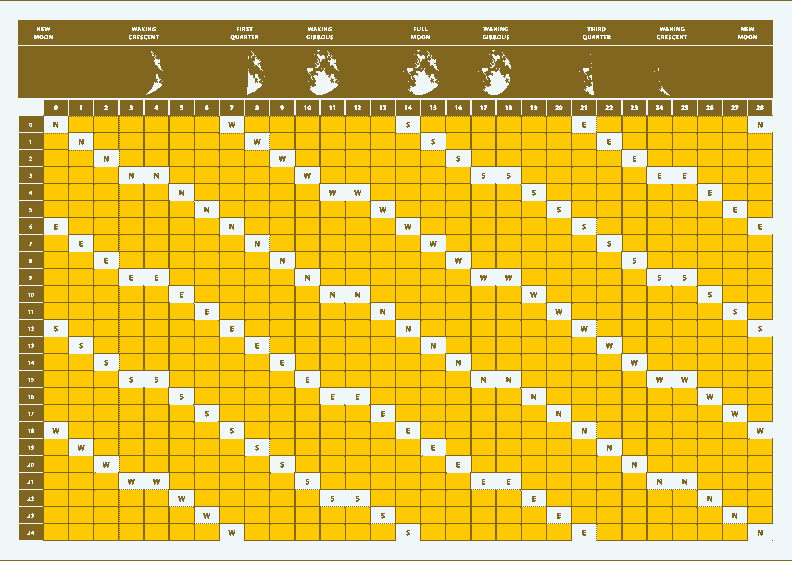Can You Use a Compass on the Moon
Moon Phase Navigation

I'm going to be brave and briefly discuss one of the trickier natural navigation techniques: the moon phase method or moon phase compass. If you too are feeling brave, please read on, perhaps with a fresh coffee to hand.
The idea is straightforward, but it only stays that way if we take it a step at a time.
- With practice it is very easy to use the sun as a compass.
- Every time we see the moon we can gauge what phase it is – is it a few days old and waxing crescent or maybe an older waning gibbous moon?
- The moon moves approximately 12 degrees east of the sun every 24 hours. And the phase of the moon tells us how old it is and therefore where it will be in the sky relative to the sun – ie. how many degrees east of the sun it has moved. For example a full moon is 15 days old and is 180 degrees away from the sun, in other words, opposite it. So when the sun is east the moon will appear opposite it in the west, and vice versa. (This is why full moons always rise as the sun sets and set as it rises.)
- If we know the direction of the sun and we can work out where the moon is relative to the sun, then we can always make a compass out of the moon, whether it is a thin crescent, much fatter or full. This is true even when we can't see the sun – a regular phenomenon, better known as nighttime. 🙂
Gauging the phase of the moon takes a little practice and then there is a little mental arithmetic needed to work out its bearing relative to the sun, ie. to turn it into a compass. Neither of these steps are very complex, but together they do put a lot of people off. My advice is to give it a go without thinking too much about how tricky it sounds.
I have described the steps more fully and as clearly as possible in my book, The Natural Navigator. If you have read that or are already comfortable with this rare method then there are a couple of unusual documents I would like to share with you. They were sent to me by brothers James and Nick Murphy and were originally developed for military use.
FRIENDLY WARNING: If you have never come across this method before, I'd look away now as this next bit may be off-putting. But if you have at least some familiarity with it, then the following should make sense and I hope prove helpful.


In the documents above, the columns are the phases of the moon, from 0 (new moon) through 15 (full) all the way to 28 and then we start back at 0 and new again. The row numbers refer to hours of the day in 24 hour format, from 0 to 24.
If you are familiar with this method, have a bit of a play and see how you get on. For example, when we see a Third Quarter moon we know that it is 21 days old. At 6am we should expect to see this moon close to south. Go along the columns to find 21 and then down 6 rows and the box where these meets says S, for south. It works!
If you have managed to take all this in and still have an appetite for more then… Bravo, you are in a small group! As a reward (?), take a peek at this next document. It is exactly the same concept, but instead of simplifying things down to the cardinal directions of North, East, South and West, it gives us an approximate bearing for every phase and day.

A bit of staring this one is sure to make you want to get out there. Enjoy!
My thanks to James and Nick Murphy.
Tags
Can You Use a Compass on the Moon
Source: https://www.naturalnavigator.com/news/2018/12/moon-phase-navigation/